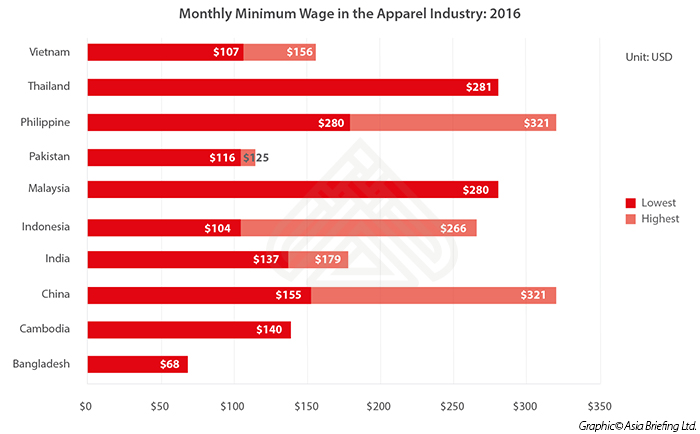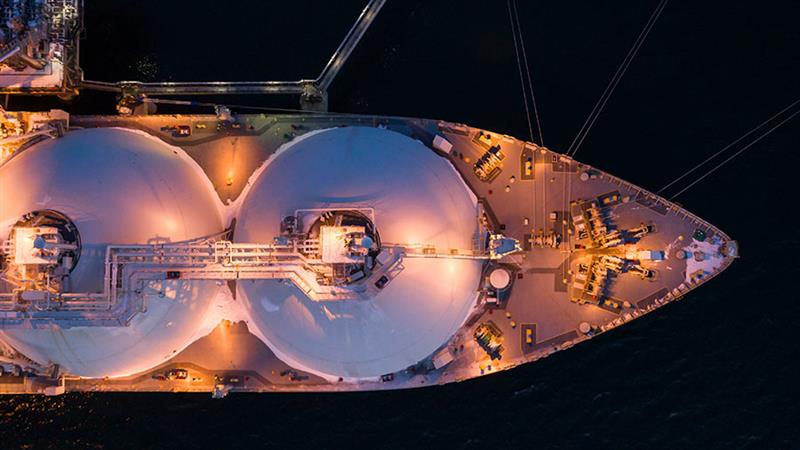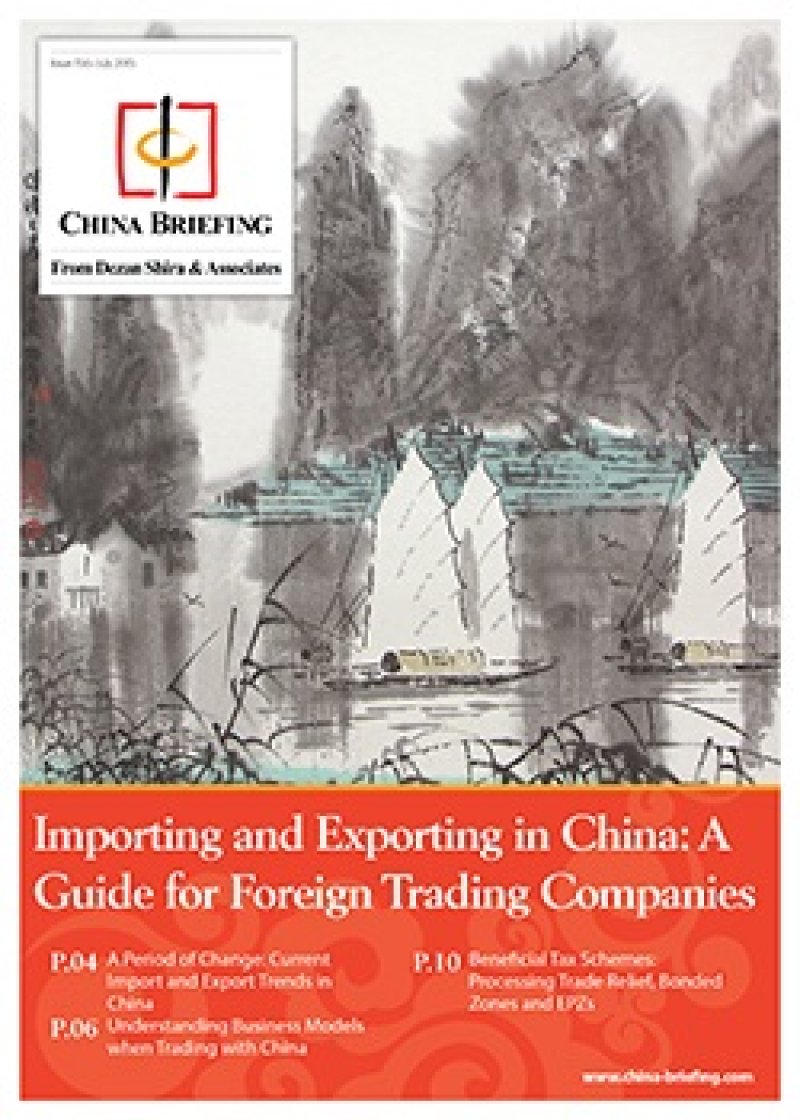Is the TPP Dead, or Will it Merge into the Free Trade Area of the Asia-Pacific?
American President-elect Donald Trump’s announcement confirming his intention to dump the proposed “Trans-Pacific Partnership Agreement” (TPP) does not come as a surprise. Although the agreement, which we have written extensively about here, took seven years to negotiate and promised to open up sectors of the US market to a handful of Asian and South American nations was sound in principle, its apparent demise is not entirely unannounced. It is also possible that Trump himself, when fully introduced to its benefits, may yet decide to resurrect the deal.
The TPP’s problems, and the EU equivalent, the Trans-Atlantic Trade & Investment Partnership (TTIP), stem from a number of sources, not least their lack of presentation to the general public and the subsequent media coverage reflecting this. Establishment politicians in a number of Western democracies have been criticized recently for giving the impression that “we know best” and thus becoming disconnected from the average citizen, which has perturbed the popular vote and quite rightly so. That is a shame, because both agreements carry much that is good. Yet once the “taking jobs away” discourse poisons the equation, it becomes very difficult to shake off the stigma that the average voter is being stiffed and that both American and European workers are being marginalized for the benefit of big business who want to replace them with lower income level workers based overseas. The governments of Barack Obama and Angela Merkel, as well as the other establishment politicians in Brussels, failed to sell the deals to their own voters, or even bother to explain them. Perhaps they felt the deals were too complicated for the man in the street to understand. Perhaps they didn’t want to have them weighed down in endless debates. Perhaps they didn’t understand the complexities themselves and just waved them through as party policy. They were certainly too arrogant, as the deals now look dead, a victory against keeping voters ill-informed or regarded as stupid.
However, tragedy is that much of the content of these proposed agreements is high value and would benefit American and European industry. Jobs outsourced to Asia aren’t going to be “re-shored” back to the US or Western Europe, period. A measure of the wage disparity can be seen in the garments industry, where Bangladesh is now the world’s second largest producer of textiles after China. (For a hilarious David Letterman interview with Donald Trump over his Trump branded ties being made in China, please click here) Clearly, American and European workers are not going to be content with a minimum wage in Bangladesh of US$68 per month. As a further example about why the vast majority of Asian jobs are not going to be re-shored or taken back to the US or Europe, please refer to the graphic below depicting minimum wage levels in the textiles industry across Asia.

Source: Dr. Sheng Lu, Department of Fashion & Apparel Studies, University of Delaware
What the TPP actually did, in part, was to recognize this, accept it, and promote other aspects of the American apparel industry instead. The deal was about protecting the industry segments in which the US, and other higher value economies such as Japan, could add value – at the added value end. It makes sense, and should be happening. The graph above tells a story – it is impossible to incorporate fine or hi-tech processes into textiles at those wage levels. What the TPP was designed to do was to allow and promote certain countries – and I believe Vietnam and Peru would have been the main beneficiaries of this – to produce low cost basic fabrics and allow them to sell that produce onto American and Japanese markets. Once there, the higher value added processes would take place that allow, for example, raw silk or cotton to be treated, impregnated, dyed, and turned into higher value products that could then be sold onto the domestic market (a great fiscal tax, wealth creating platform) as well as globally. The textiles example is by no means the only one; there are many such industry enhancing deals contained within the TPP. This means that the “Bringing jobs back to America” slogan used to criticize the TPP as a bad deal is incorrect. Dumping the TPP cuts off a committed source of cheaper goods, and prevents American industry adding value to Asian sourced raw materials.
The caveat here is that Donald Trump is not a stupid man, and as the YouTube clip shows, he is familiar with having his own products made in countries such as China. He will grasp the trade and employment implications, and it may not be too far a stretch of the imagination to suggest that when he does take office, having had time to examine the complexities of the TPP, it may yet be resurrected. The Japanese Prime Minister Shinzo Abe, who recently met Donald Trump, expressed hope the TPP could still take place “after [Trump] has studied it’. Time will tell.
But even if the TPP does get sidelined, there are other pending trade deals that may well take its place or even incorporate parts of it. In fact, I suggested this may happen two years ago. In my essay ‘Beijing Promoted FTAAP Will Delay TPP‘, I explained how at the APEC meeting in Beijing held in November 2014, members agreed to allow China to examine the potential of an alternative trade agreement, called the “Free Trade Area of the Asia-Pacific” (FTAAP). I stated: “Through APEC’s agreeing to the study however, the alternatives – the long-promoted Trans-Pacific Partnership (TPP) and Regional Comprehensive Economic Partnership (RCEP) agreements – will, in my opinion, probably fall by the wayside. The TPP is led by Washington and excludes China, while the RCEP is promoted by China and excludes the United States. Negotiations for each will continue – officials from the countries concerned will want to keep up political and trade pressure on any future FTAAP agreement through using the TPP and RCEP negotiations to push their own agendas.”
Donald Trump, in ‘dumping’ the TPP – if he does – will be savvy enough to spot the positives such an agreement provides. He is an experienced businessman with investments across the world, including Asia. He will get the nuances of the TPP deal. If he can extend the TPP to include China, then so much the better. In fact, an FTAAP agreement that finally includes both the United States and China may even be more spectacular. If Donald Trump can get the balance right in such an agreement, acknowledge that China and Asia will be able to produce raw products at lower costs than the United States, yet push American manufacturing and processing up the value added chain, then the essence of the TPP will live on – with Chinese participation.
|
Chris can be followed on Twitter at @CDE_Asia. Stay up to date with the latest business and investment trends in Asia by subscribing to our complimentary update service featuring news, commentary and regulatory insight.
|

 Revisiting Transfer Pricing in China: a Year of New Regulations
Revisiting Transfer Pricing in China: a Year of New Regulations
In this issue of China Briefing, we provide a guide to navigating China’s latest regulations, highlighting the main issues that exist for foreign companies, and explaining the various transfer pricing methods and processes that exist. 2016 has seen the release of new laws that have revamped transfer pricing compliance for MNCs in China. If implemented early in a Chinese entity’s business life, a transfer pricing system can complement and support an MNC’s business model and commercial objectives, as well as optimize its global effective tax rate.
Importing and Exporting in China: a Guide for Trading Companies
In this issue of China Briefing, we discuss the latest import and export trends in China, and analyze the ways in which a foreign company in China can properly prepare for the import/export process. With import taxes and duties adding a significant cost burden, we explain how this system works in China, and highlight some of the tax incentives that the Chinese government has put in place to help stimulate trade.
- Previous Article China Market Watch: Industry Profit Increase and China-New Zealand Organic Food Agreement
- Next Article Dezan Shira Partners Plan New Asian & Silk Road Development Strategy





























